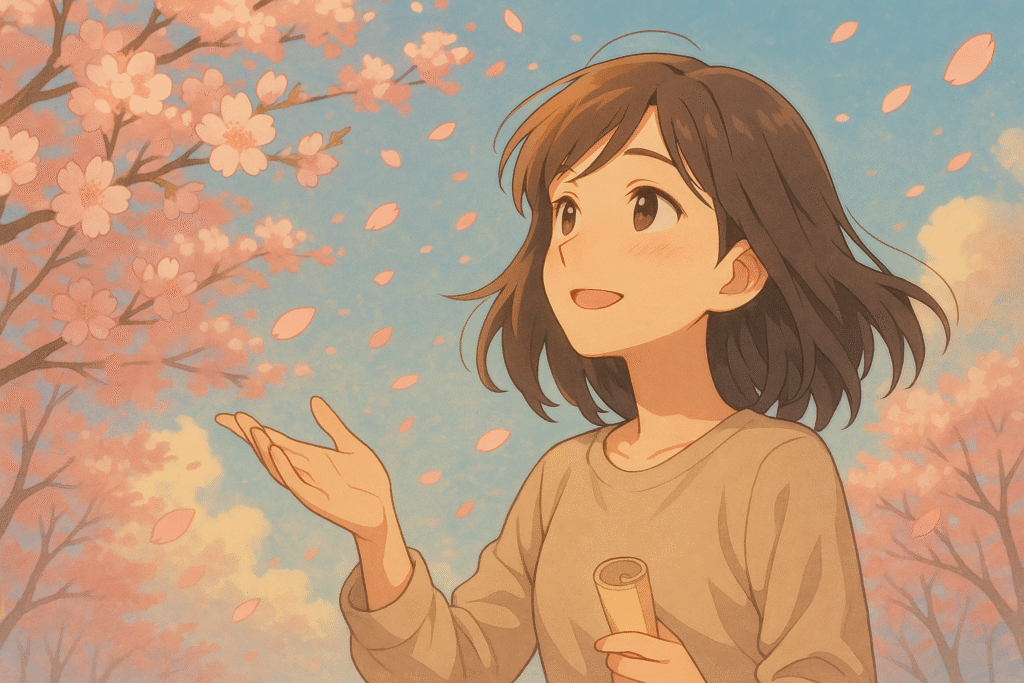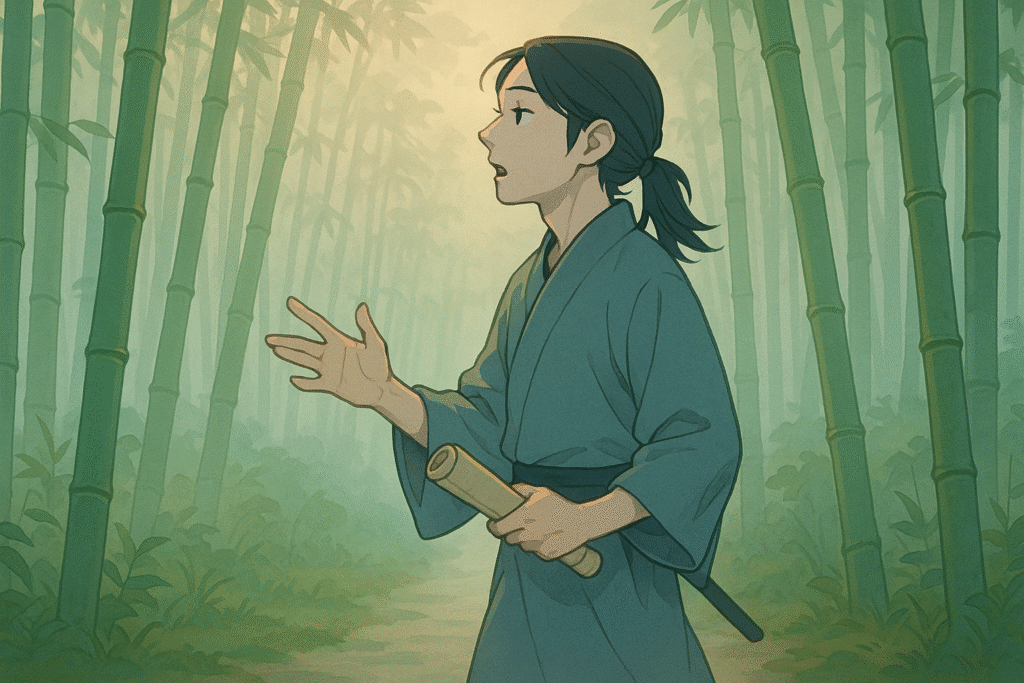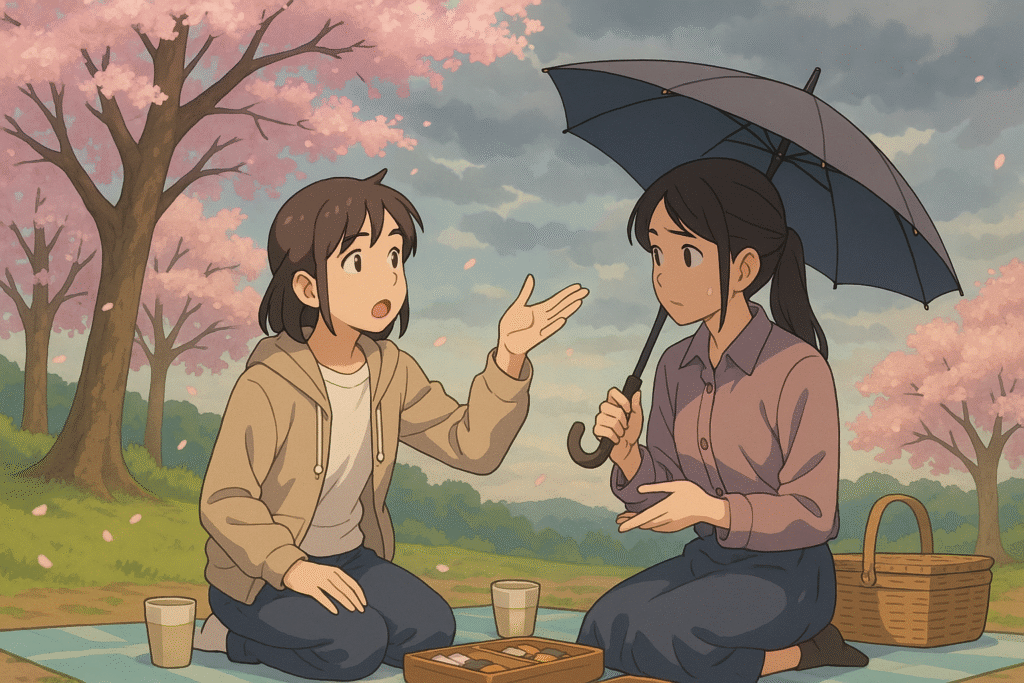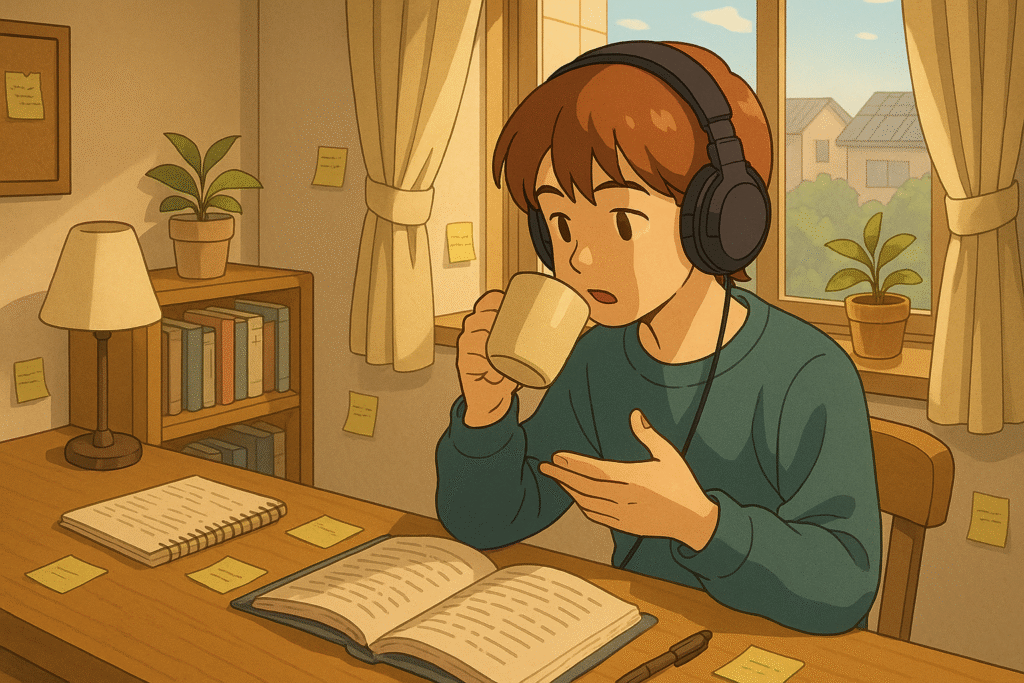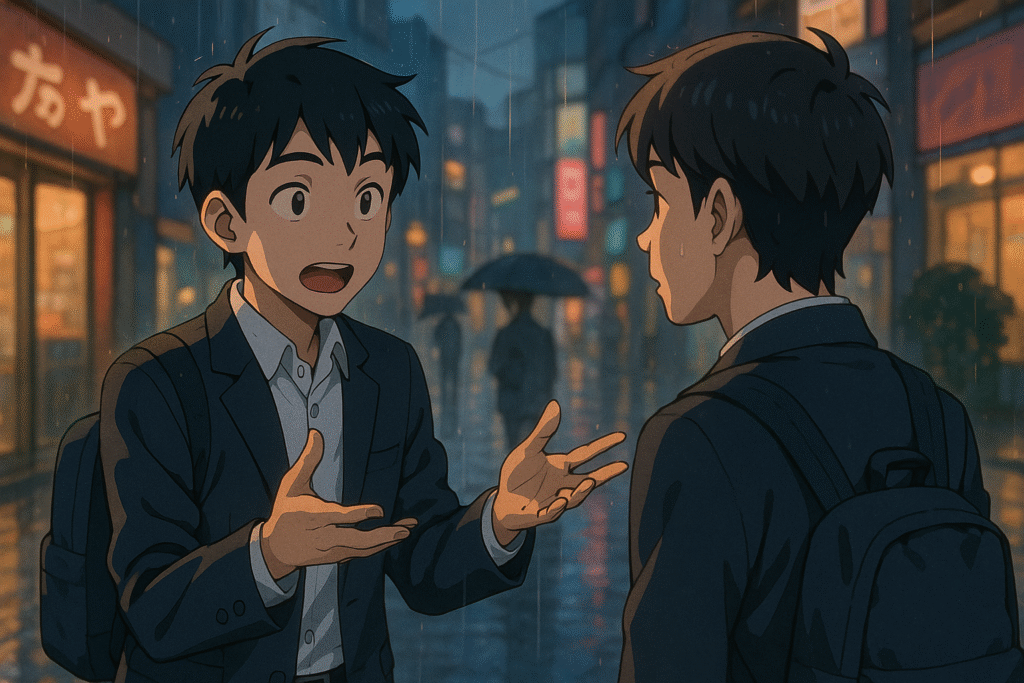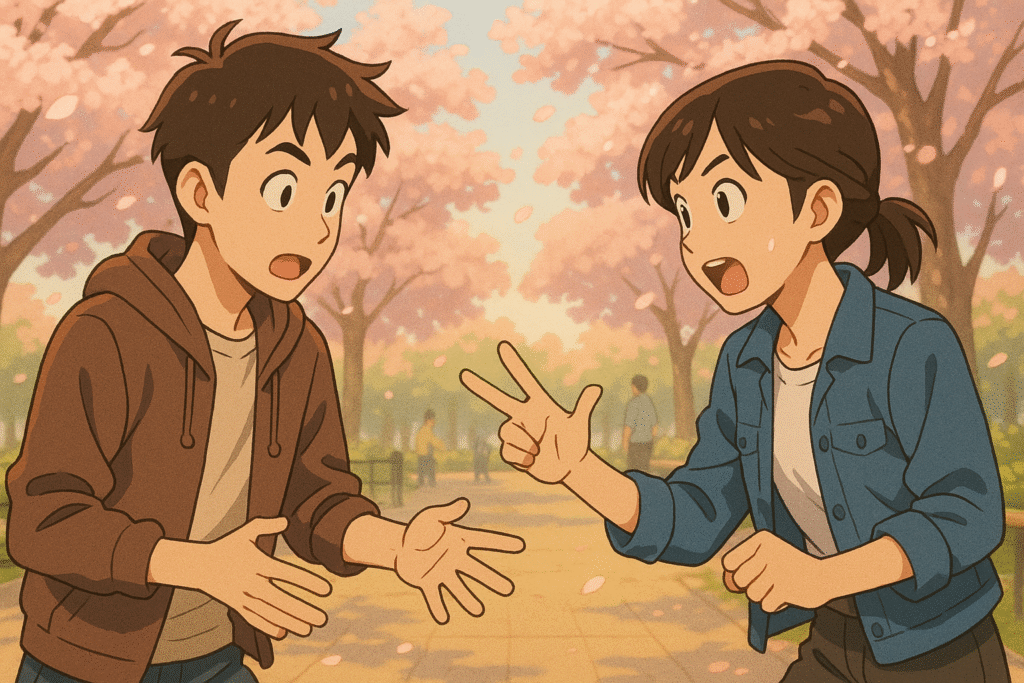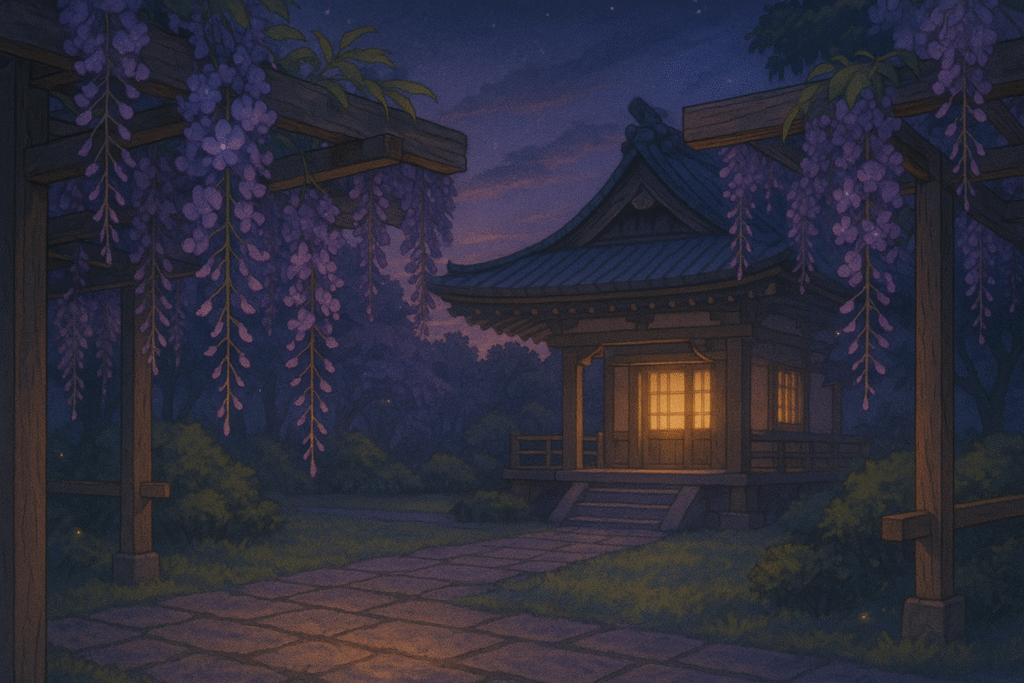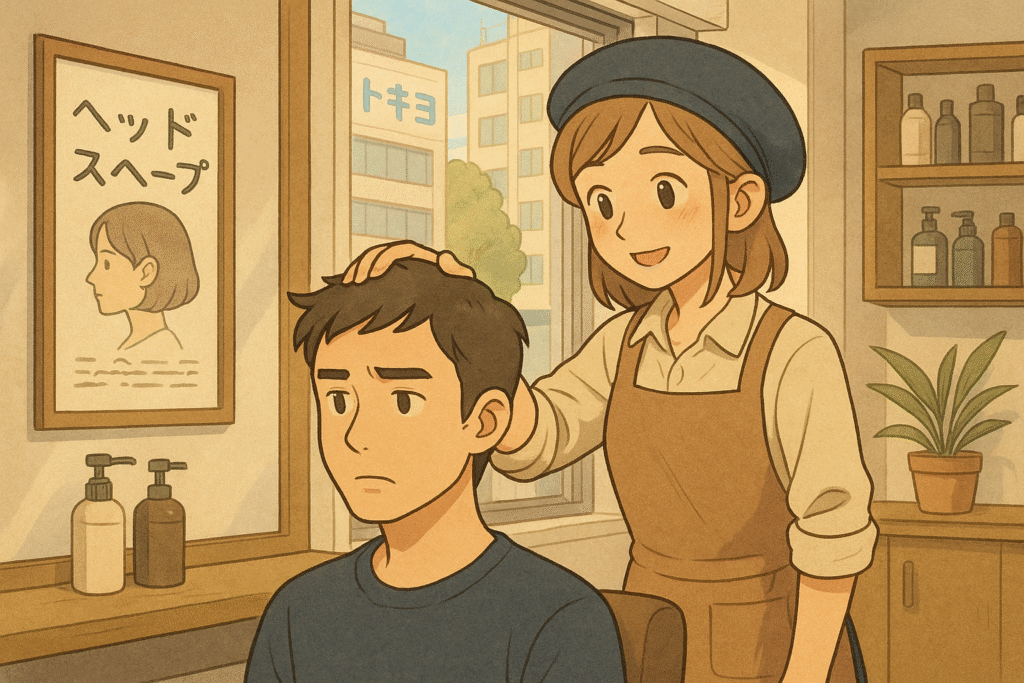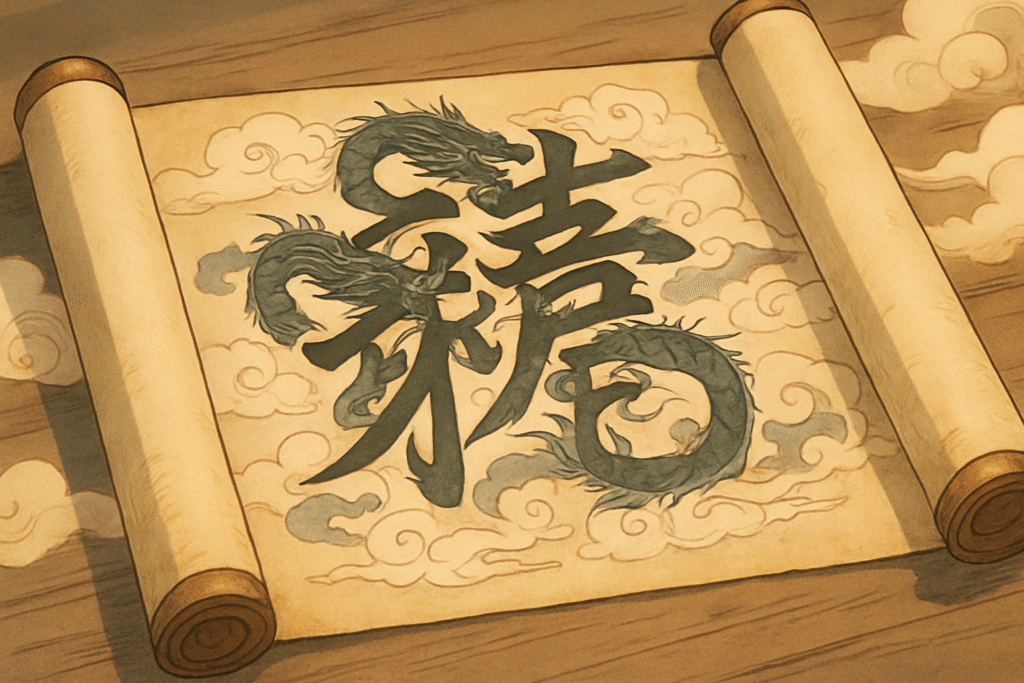How to Use Toori in Natural Japanese
Have you ever been in the middle of a Japanese conversation and heard someone say “その通り!” (sono toori) with such conviction that you knew they meant business? Or perhaps you’ve wondered how native speakers effortlessly express concepts like “exactly as planned” or “just as I thought” with such natural flow? The secret weapon in their […]
How to Use Toori in Natural Japanese Read More »





